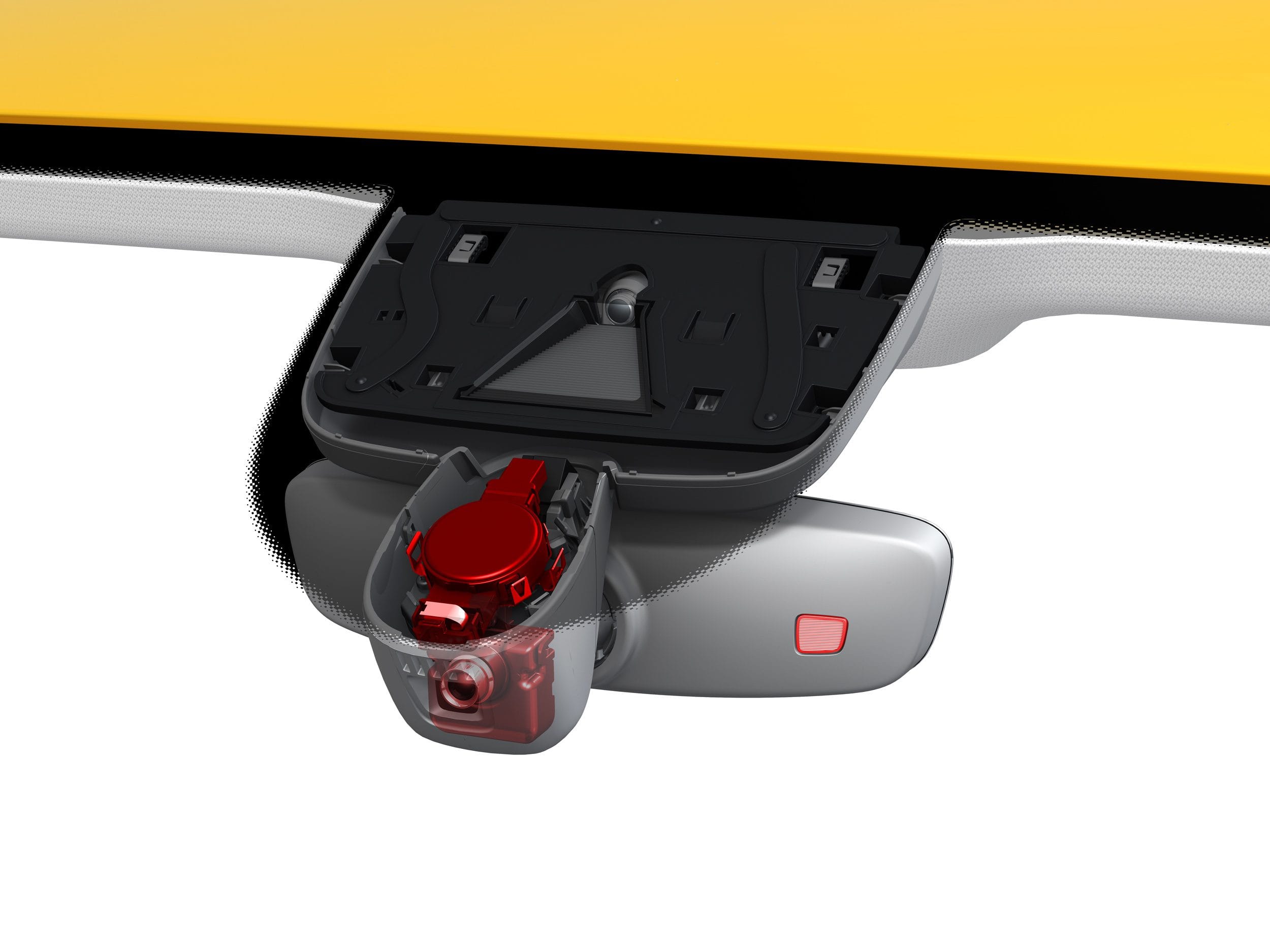Advanced driver assistance systems (ADAS) rely on a network of cameras, radar and ultrasonic sensors to perceive the road. Dirt, mud, snow and grime can block these devices, reducing the performance of features like lane keeping assist, adaptive cruise control and automatic emergency braking. Routine cleaning and maintenance keep your sensors working as intended and help preserve your safety.
Why cleaning your ADAS sensors matters
Modern vehicles use forward-facing cameras mounted behind the windshield, radar units hidden behind the front grille and bumpers, and ultrasonic sensors in bumpers and side mirrors. These devices need a clear view of the road to detect lane markings, vehicles and pedestrians. When camera lenses or radar covers are dirty, the system may issue false alerts, deactivate features or stop functioning entirely. Keeping them clean minimises false positives and ensures your driver-assistance features are available when you need them.
Locating your cameras and sensors
Check your owner’s manual to find where your vehicle’s cameras and radar units are installed. Front-facing cameras are typically located near the rear-view mirror on the windshield. Radar units sit behind the front grille or bumper cover, and ultrasonic sensors are embedded in the front and rear bumpers or side mirrors. Some vehicles have blind-spot monitors in the rear quarter panels or tail lamps. Locating these devices will help you clean them properly without scratching lenses or damaging housings.
Safe cleaning techniques
Use a soft microfibre cloth with warm water and a small amount of mild soap to gently wipe cameras and radar covers. Avoid abrasive sponges or paper towels that can scratch the lenses. Do not touch or wipe the lens of windshield-mounted cameras—clean the glass in front of the camera instead. When rinsing the car, avoid high-pressure jets; high-pressure water can misalign radar units and ultrasonic sensors. Many automatic car washes use hard brushes or strong jets that can misalign sensors. Hand washing or touchless washes are safer for sensitive ADAS components. After washing, dry sensors with a clean microfibre towel to prevent water spots. Avoid wax or ceramic coatings near sensors, as residue can obscure the lens and interfere with signal transmission.
How often to clean and inspect
Inspect your sensors regularly—at least once per week or after driving in heavy rain, on dirt roads or during winter weather. According to ADAS maintenance experts, you should clean lenses twice per month and perform a more thorough inspection to remove bugs, tar, road salt or other debris. Schedule professional calibrations every six to twelve months, and any time you replace a windshield, bumper cover, suspension components or experience a collision. Running diagnostic checks monthly can also identify sensor faults early.
Seasonal considerations
Different seasons pose unique challenges. In winter, snow, ice and road salt can accumulate on radar units and cameras; gently remove ice with lukewarm water—never chip at the sensor surface. In spring and summer, bugs and pollen can coat sensors, and during autumn, leaves and dust may collect in grilles and bumper openings. Extreme heat can also affect sensors’ adhesive and mounting hardware. Check and clean sensors more frequently during these times.
Recalibration and professional maintenance
If your vehicle has undergone body work, a windshield replacement, wheel alignment or suspension repair, have the sensors recalibrated by a qualified technician. Misaligned sensors can misjudge distances, potentially causing false alarms or deactivating safety features. Avoid aftermarket accessories such as bumper stickers, bull bars or roof racks that block or reflect sensor signals. If you notice cracks, chips or moisture in camera housings or radar covers, schedule repairs immediately.
Conclusion
Clean cameras and sensors are essential for your ADAS features to function properly. By using gentle cleaning techniques, inspecting sensors regularly and scheduling recalibration after repairs, you can keep your driver-assistance systems working safely. Remember that these technologies are designed to assist, not replace, attentive driving; proper maintenance ensures they remain effective when you need them most.

Hiran Alwis is an automotive lecturer and ADAS specialist with over 15 years of experience in diagnostics, advanced safety systems, and technical training. He founded ADAS Project to help everyday drivers and workshop technicians understand and safely use advanced driver assistance systems.
